The Diary Game - 20/12/2020 - Sull'importanza del numero 1000

Image created om www.canva.com website, free of copyright
English version

Dear Steemit friends,
today I want to take a break from the activity of amateur sports reporter, to celebrate, within the Diary Game, the result achieved less than two months after my return to Steemit: 1000 SP!
Of course, this would never have been possible without the support of the community, to which I am very grateful; the value of this first milestone is deeply felt on a personal level, especially in consideration of the fact that in the previous experience on Steem Post Italia, I managed, in about a year, to reach only half of this figure.
This is the first step towards a path that I hope will become long and full of satisfaction, as it has been until now, made possible thanks to the continuous stimuli found within this group of very good people.
To pay homage to the number 1000, the protagonist of this post, I decided to create a crossover with the interesting initiative launched by @serialfiller, Una cosa al giorno, going to take care of the number 1000: what are the most famous "thousand" in history? On what occasion is this number used to describe everyday events, things or facts? What popular sayings does he enter? What curiosities surround him?
You will know soon if you have the goodness to continue reading...
Expedition of the Thousand
How many times have you heard of the "Expedition of the Thousand?" It was one of the main events of the Italian Risorgimento, led by General Giuseppe Garibaldi, who at the head of a thousand men who left Quarto on two steamers, landed in Marsala on 11 May 1860, with the aim of supporting the local revolts and overthrowing the Bourbon government.
After a series of battles, the newborn southern army prevailed, thus allowing the annexation of the Kingdom of the Two Sicilies to the nascent Savoy Kingdom of Italy after a few months.
Mille Miglia
The Mille Miglia was a speed car race, held for the first time in 1927 for twenty-four editions, until 1957. The competitors had to cover a distance of about 1600 km (one thousand miles) starting from Brescia, turning point near Rome and arrive again in Brescia.
Since 1977 the race, transformed into a regularity race in stages, has been revived with the participation of the historic cars that took part in the first version of the event, maintaining a certain fidelity to the original route. Among the winners of the race, you can also read famous names, such as those of Tazio Nuvolari (in the photo) or Stirling Moss.
One Thousand and One Nights
"One Thousand and One Nights" is a famous collection of short stories written in Arabic, composed in Egypt between the 10th and 18th centuries. The work, known in Europe since the eighteenth century, has as its protagonist the daughter of the Vizir, Shahrazād, who offers to marry the sultan Shahriyār, betrayed by his first wife and determined to take revenge on the female gender by killing all his wives after the wedding night.
To appease his anger, Shahrazād tells the man a new tale every night, postponing the ending to the next day, thus avoiding the execution.
The term one thousand and one does not originally have a numerical meaning, but indicates an infinite quantity, even if in subsequent arrangements of the work some fables have been added that actually bring the number of stories to that indicated by the title.
5x1000 and 8x10000
The five per thousand and eight per thousand are two ways that give Italian taxpayers the opportunity to donate a small part of their income taxes to various entities.
The 5x1000, established in 2006, can be donated to voluntary organizations, non-profit organizations, social cooperatives, scientific and university research bodies, health research and various social activities, while the 8x1000, established in 1984 in place of the agreement dating back to Lateran Pacts of 1929, which provided for the payment of the salaries of the clergy by the Italian State, is devolved to one of the various religious denominations or can be donated to the Italian State.
Fiat Mille
The "Fiat Mille" was a utility car produced by Fiat in Brazilian factories from 1984 to 2013, which differed in small aesthetic changes from the more famous "Uno", designed by the Turin-based company for the Italian market.
In 2014, also in Brazil, a version enriched with all the accessories in vogue at the moment was produced, limited to two thousand pieces, called "Grazie Mille".
1000 lire
The "mille lire" are probably the most famous paper money denomination of the Lira, circulating in Italy before the introduction of the Euro (they were good times, I know ...)
From historical sources, we learn that the first thousand lire banknote dates back to the eighteenth century, in the Kingdom of Sardinia, while the last issue dates back to 2002. During the republican period, it was for a long time the lowest denomination banknote, while in the 30-40 years the value of a thousand lire was considered such that it could lead a life of nabobs, as evidenced by the famous song "Mille lire al mese" (Thousand lire a month) from 1939, sung by Gilberto Mazzi.
Mille giorni di te e di me
"Mille giorni di me e di te" (Thousand days of you and me) is one of the most famous songs of Claudio Baglioni and of all Italian pop music.
Released in 1990 (although in production for eight years) and included in the album "Oltre", it tells of the end of love between adults, a little in contrast with another of the great successes of the Roman singer-songwriter, "Questo piccolo grande amore" (This little big love), dating back to the early years of his career; the album reached the first position of best-selling albums in Italy, but in Europe it was received rather coldly, reaching most the 36th position.
Uno su mille
"Uno su mille" is the title of a musical album recorded by Gianni Morandi, and of the song of the same name belonging to the collection as track number 3 of the eleven planned.
The song was written specifically for the drama "Voglia di cantare", in which Morandi appeared as the main actor, and took on the meaning of encouraging anyone finds himself struggling against apparently desperate situations, relying on his own inner strength.
And finally a thank you to the whole community, for allowing me to reach this goal so quickly, which can only be ...
Grazie mille!!!
Versione italiana
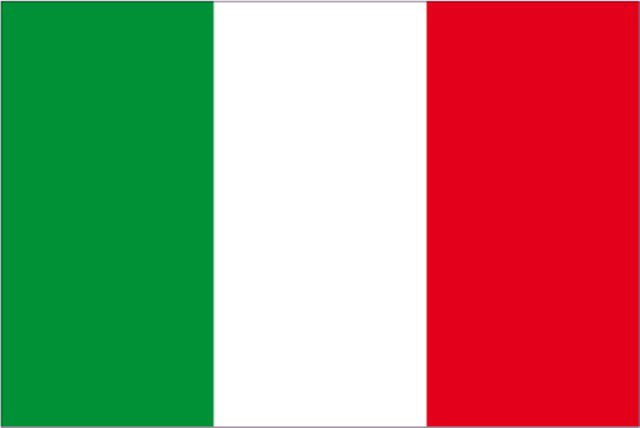
Cari amici di Steemit,
oggi voglio prendermi una pausa dall'attività di improvvisato cronista sportivo per celebrare, all'interno del Diary Game, il risultato raggiunto dopo nemmeno due mesi dal mio rientro su Steemit: 1000 SP!
Naturalmente ciò non sarebbe mai stato possibile senza un supporto della comunità, alla quale sono oltremodo riconoscente; il valore di questo primo traguardo è a livello personale molto sentito, soprattutto in considerazione del fatto che nella precedente esperienza su Steem Post Italia, riuscii in circa un anno ad arrivare a mala pena alla metà di questa cifra.
Si tratta di un primo passo verso un percorso che mi auguro diventi lungo e pieno di soddisfazioni, come lo è stato fino ad adesso, reso possibile grazie ai continui stimoli trovati all'interno di questo gruppo di persone molto valide.
Per rendere omaggio al numero protagonista di questo post, ho deciso di realizzare una specie di crossover con l'interessante iniziativa lanciata da @serialfiller, Una cosa al giorno, andando ad occuparmi proprio del numero 1000: quali sono i "mille" più famosi della storia? In quale occasione questo numero viene utilizzato per descrivere eventi, cose o fatti di tutti i giorni? In quali detti popolari entra? Quali curiosità lo avvolgono?
Lo scoprirete presto, se avrete la bontà di continuare nella lettura...
I Mille
Quante volte avete sentito nominare la "Spedizione dei Mille?" Fu uno degli avvenimenti principali del Risorgimento italiano, guidato dal Generale Giuseppe Garibaldi, che a capo di mille uomini partiti da Quarto su due piroscafi, sbarcò a Marsala l'11 Maggio 1860, con lo scopo di appoggiare le rivolte locali e rovesciare il governo Borbonico.
Dopo una serie di battaglie, il neonato esercito meridionale ebbe la meglio, permettendo così dopo pochi mesi l'annessione del Regno delle due Sicilie al nascente Regno d'Italia dei Savoia.
La Mille Miglia
La Mille Miglia è stata una gara automobilistica di velocità, svoltasi per la prima volta nel 1927 per ventiquattro edizioni, fino al 1957. I concorrenti dovevano percorrere una distanza di circa 1600 Km (mille miglia) con partenza da Brescia, giro di boa nei pressi di Roma e arrivo nuovamente a Brescia.
Dal 1977 la corsa, trasformata in gara di regolarità a tappe, rivive con la partecipazioni delle auto storiche che avevano preso parte alla prima versione dell'evento, mantenendo una certa fedeltà al percorso originale. Tra i vincitori della corsa anche nomi celebri, come quelli di Tazio Nuvolari (nella foto) o Stirling Moss.
Mille e una notte
"Mille e una notte" è una famosa raccolta di novelle scritte in arabo, composte in Egitto tra il X e i XVIII secolo. L'opera, conosciuta in Europa a partire dal diciottesimo secolo, ha come protagonista la figlia del Vizir, Shahrazād, che si offre di sposare il sultano Shahriyār, tradito dalla prima moglie e deciso a vendicarsi del genere femminile uccidendo tutte le sue mogli dopo la prima notte di nozze.
Per placare la sua ira, Shahrazād racconta all'uomo ogni notte una nuova favola, rimandando però il finale al giorno successivo evitando così l'esecuzione.
Il termine mille e uno non ha originariamente un significato numerico, ma indica una quantità infinita, anche se in arrangiamenti successivi dell'opera sono state aggiunte alcune favole che portassero effettivamente il numero dei racconti a quello indicato dal titolo.
Il 5x1000 e l'8x10000
Il cinque per mille e l'otto per mille altro non sono che due modalità che danno la possibilità ai contribuenti di devolvere una piccola parte delle proprie imposte sul reddito a vari enti.
Il 5x1000, istituito nel 2006, può essere devoluto ad enti di volontariato, Onlus, cooperative sociali, enti diricerca scientifica e dell'università, ricerca sanitaria e attività sociali varie, mentre l'8x1000, istituito nel 1984 al posto dell'accordo risalente ai Patti Lateranensi del 1929 che prevedeva il pagamento degli stipendi del clero da parte dello Stato italiano, viene devoluto ad una delle varie confessioni religiose o può essere lasciato allo Stato.
La Fiat Mille
La "Mille" è stata un'auto utilitaria prodotta dalla Fiat negli stabilimenti brasiliani dal 1984 al 2013, che si differenziava per piccole modifiche a livello estetico dalla più celebre "Uno", pensata dalla casa torinese per il mercato italiano.
Nel 2014, sempre in Brasile, ne è stata prodotta una versione arricchita da tutti gli accessori in voga al momento, limitata a duemila esemplari, denominata "Grazie Mille".
Le mille lire
Le mille lire sono probabilmente il taglio di cartamoneta più famoso della Lira, circolante in Italia prima dell'introduzione dell'Euro (bei tempi, lo so...)
Da fonti storiche si apprende che la prima banconota da mille lire risale addirittura al diciottesimo secolo, nel Regno di Sardegna, mentre l'ultima emissione risale al 2002. Durante il periodo repubblicano è stata per lungo periodo la banconota di taglio più basso, mentre negli anni 30-40 il valore delle mille lire era considerato tale da poter condurre una vita da nababbi, come testimonia la celebre canzone "Mille lire al mese" del 1939, cantata da Gilberto Mazzi.
Mille giorni di te e di me
"Mille giorni di te e di me" è una delle più famose canzoni di Claudio Baglioni e di tutta la musica leggera italiana.
Uscita nel 1990 (anche se in lavorazione da otto anni) e inclusa nell'album "Oltre", tratta della fine di un amore tra persone adulte, un po' in contrapposizione con un altro dei grandi successi del cantautore romano, "Questo piccolo grande amore", risalente ai primi anni di carriera; l'album ha raggiunto in Italia la prima posizione degli album più venduti, ma in Europa è stato accolto piuttosto freddamente, raggiungendo al massimo la trentaseiesima posizione.
Uno su mille
"Uno su mille" è il titolo di un album musicale inciso da Gianni Morandi, e della canzone omonima appartenente alla stessa raccolta come traccia numero 3 delle undici previste.
Il brano è stato scritto appositamente per lo sceneggiato "Voglia di cantare", nel quale Morandi stesso compariva come attore principale, ed ha assunto il significato di spronare chiunque si trovi a lottare contro situazioni all'apparenza disperate, contando sulla propria forza interiore.
E infine, un ringraziamento doveroso a tutta la comunità, per avermi permesso di raggiungere questo traguardo così velocemente, ringraziamento che non può che essere...
Grazie mille!!!

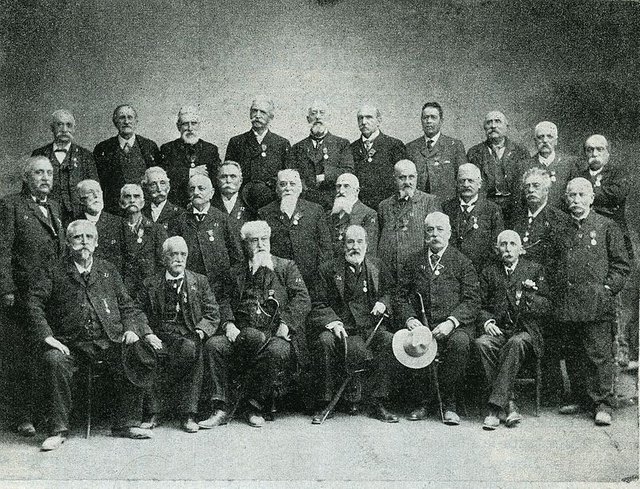
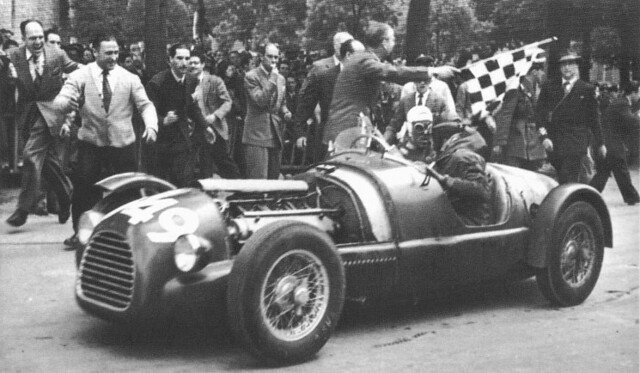
.jpg)
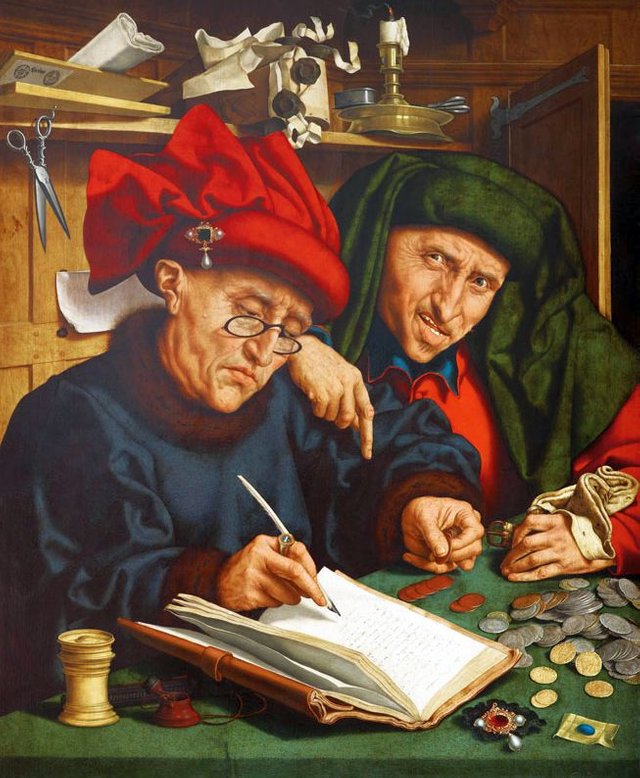
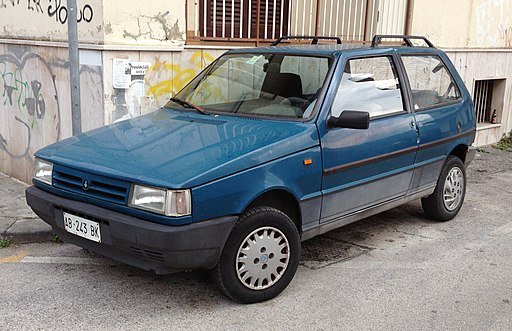
.jpg)


wonderfull post sir.
Thank you, friend!
Come di consueto uno straordinario post! Grazie per l'omaggio!
Grazie a te per il commento e complimenti per l'idea!